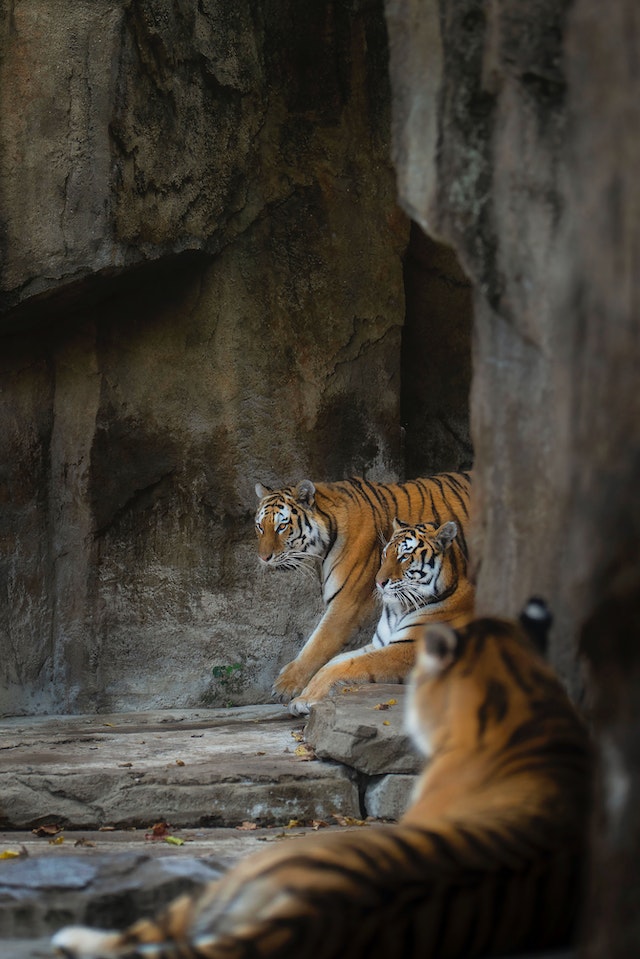The reduced human activity during the Covid-19 pandemic had a significant impact on wildlife behavior and populations. With fewer people outdoors and decreased human disturbance, wildlife experienced changes in their behavior, habitat use, and population dynamics. Here are some ways in which reduced human activity impacted wildlife:
1. Behavioral Changes: Wildlife species exhibited shifts in their behavior patterns in response to reduced human activity. Some animals became more active during daylight hours, altering their activity periods to take advantage of quieter environments. Nocturnal animals, such as certain rodents and predators, were observed more frequently during the day.
2. Habitat Exploration: With fewer people in outdoor spaces, wildlife had the opportunity to explore and occupy areas that were typically heavily frequented by humans. This included urban parks, recreational areas, and natural habitats near urban centers. Some species expanded their ranges and ventured into new territories, taking advantage of the reduced disturbance.
3. Breeding Success: Reduced human activity during the breeding seasons allowed some wildlife species to experience increased breeding success. The decreased noise and disturbance provided a more favorable environment for courtship, mating, and raising offspring. This led to higher reproductive rates and potentially contributed to population growth.
4. Habitat Recovery: With limited human presence, natural habitats had a chance to recover from anthropogenic pressures. Vegetation in parks and green spaces thrived, providing improved food and shelter for wildlife. Ecosystems experienced temporary relief from human impacts, allowing for the restoration of biodiversity.
5. Shifts in Wildlife-Human Interactions: The decrease in human activity and disturbance resulted in altered interactions between wildlife and humans. Wildlife, such as urban-dwelling species, became more visible in urban areas, leading to increased wildlife sightings and encounters. People had opportunities to observe and appreciate wildlife in their immediate surroundings.
6. Changes in Wildlife-Associated Risks: The reduced human presence also had implications for wildlife-associated risks. For example, reduced traffic led to fewer wildlife-vehicle collisions, reducing the mortality rates of certain species. Additionally, the decrease in human-wildlife interactions may have temporarily reduced the risk of wildlife-related conflicts and diseases.
While the reduction in human activity had some positive effects on wildlife, it’s important to note that these changes were temporary and varied across different species and locations. As human activities gradually resumed, the impacts on wildlife behavior and populations may have diminished. Nonetheless, the pandemic provided valuable insights into the influence of human presence on wildlife and highlighted the importance of balancing human needs with conservation efforts to promote the coexistence of humans and wildlife.




